Hello! I’m Jason. This is my first post with YTHK since we joined BoardingArea. For a bit of background, I’ve known Alvin since elementary school, where we bonded over our mutual love of all things to do with the airline industry. Since YTHK was founded, I’ve contributed the occasional post here and there. Essentially, Alvin’s the sane parent of YTHK, while I’m the crazy uncle who pops in every now and then. Going forward, I anticipate that my involvement with the blog will remain the same, but I’m still excited to see what’s to come as we join BoardingArea. Welcome to those of you who are new here, and I hope you’ll find our content insightful and helpful.
Several years ago, I wrote a guide to Cathay Pacific’s frequent flyer programme, which was previously called the Marco Polo Club. However, amidst the COVID-19 pandemic, Cathay Pacific’s has attempted to reposition itself as a “lifestyle brand”, with a new loyalty programme named “Cathay” linking the company’s foray into various new business ventures. I’ve personally been quite confused about the changes to the programme. Hence, I figured that it would be helpful to dig further into these updates. This post will focus on changes made to the loyalty aspect of the programme (e.g. earning elite status and elite benefits). I hope to put out another article outlining redemption opportunities with the new Cathay programme in the near future.
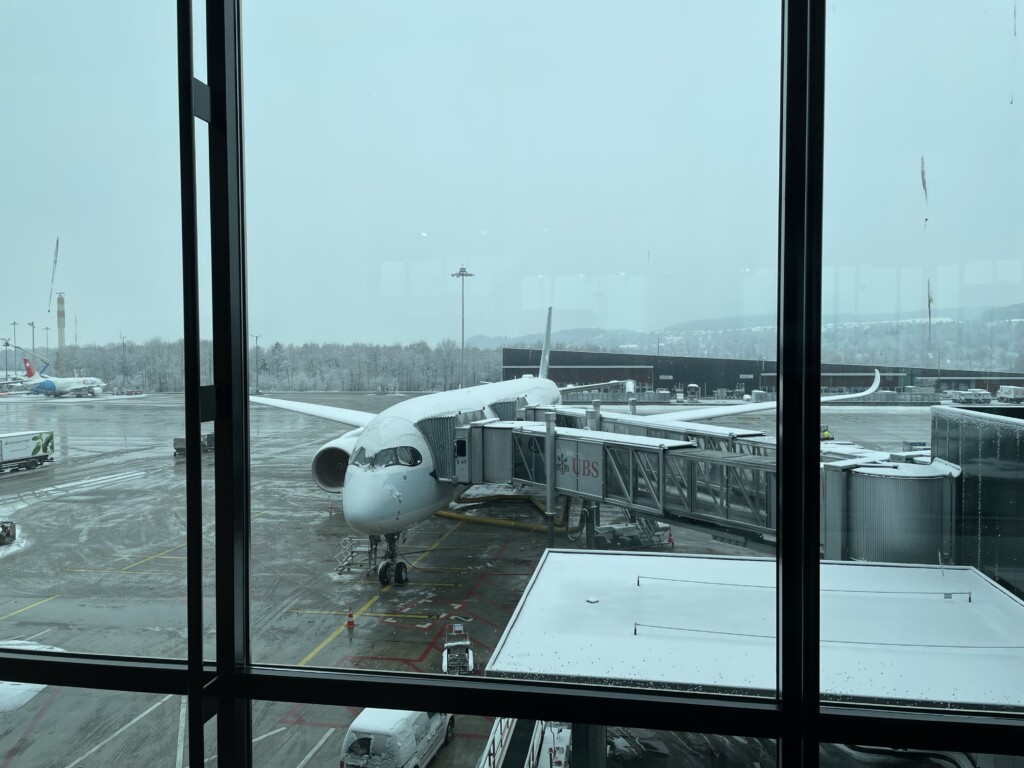
Let’s Talk Terminology: New Vocabulary that Comes With Cathay
One of the biggest sources of confusion regarding the new Cathay programme is the terminology. So, here’s a brief glossary before I get into the nitty-gritty of the programme.
Cathay (The Lifestyle Brand): The name of the new “lifestyle brand” from Cathay Pacific, which is also the name of its loyalty programme. The new Cathay brand dabbles in everything from dining, to shopping, to vacation packages, and even health insurance.
Cathay (The Loyalty Programme): The Cathay loyalty programme merges the previous Asia Miles programme (for earning redeemable miles) and the Marco Polo Club (for earning elite status). While members must be at least two years old, there’s no entry fee or flying requirement to join the programme.
Asia Miles: Asia Miles is the “currency” of the Cathay loyalty programme. In addition to earning Asia Miles by flying on Cathay Pacific and partner airlines, members can earn and burn their Asia Miles through the Cathay lifestyle brand’s different lines of business.
Cathay Pacific: Hong Kong’s largest airline. See 75% of the content on this blog for more information. Cathay Pacific is intended to be one of the “arms” of the new Cathay lifestyle brand.
Sounds simple. Right?
For consistency’s sake, when I refer to Cathay, I’m referring to the frequent flyer programme. When I refer to Cathay Pacific, I’m talking about the airline.
With that out of the way…
Earning Asia Miles
As mentioned above, Asia Miles are redeemable miles that members earn when flying with Cathay Pacific, oneworld Alliance members, and select partner airlines. Passengers booked on HKExpress flights via a Cathay Pacific codeshare will also earn Asia Miles. Additionally, you can earn Asia Miles through credit card spending (including via Cathay’s co-branded Standard Chartered credit cards), purchasing a Cathay x Cigna health insurance plan, dining with Cathay’s restaurant partners, or consuming a variety of lifestyle goods and services that we’re not going to get into in this post.
Asia Miles can also be earned by staying with various hotel partners. Cathay most recently expanded its partnership with Marriott Bonvoy and now allows for bi-directional transfers between the programmes. Additionally, you can transfer Hilton Honors, Best Western Rewards, and Accor ALL points to Asia Miles, although in some cases the transfer rates to the aforementioned programmes are exceptionally poor value.
Cathay is also a transfer partner of various credit card points currencies, including Citi ThankYou points, American Express Membership Rewards, and HSBC RewardCash. You can even convert your ParknShop Moneyback points to Asia Miles.
Asia Miles can be used to redeem flights on Cathay Pacific, HKExpress, oneworld alliance members, and select partner airlines. As part of Cathay’s efforts to increase the prominence of Asia Miles as a “lifestyle” currency, members may also redeem their miles for “lifestyle rewards” (e.g. electronics, clothes), hotel bookings, and even for meals at partner restaurants.
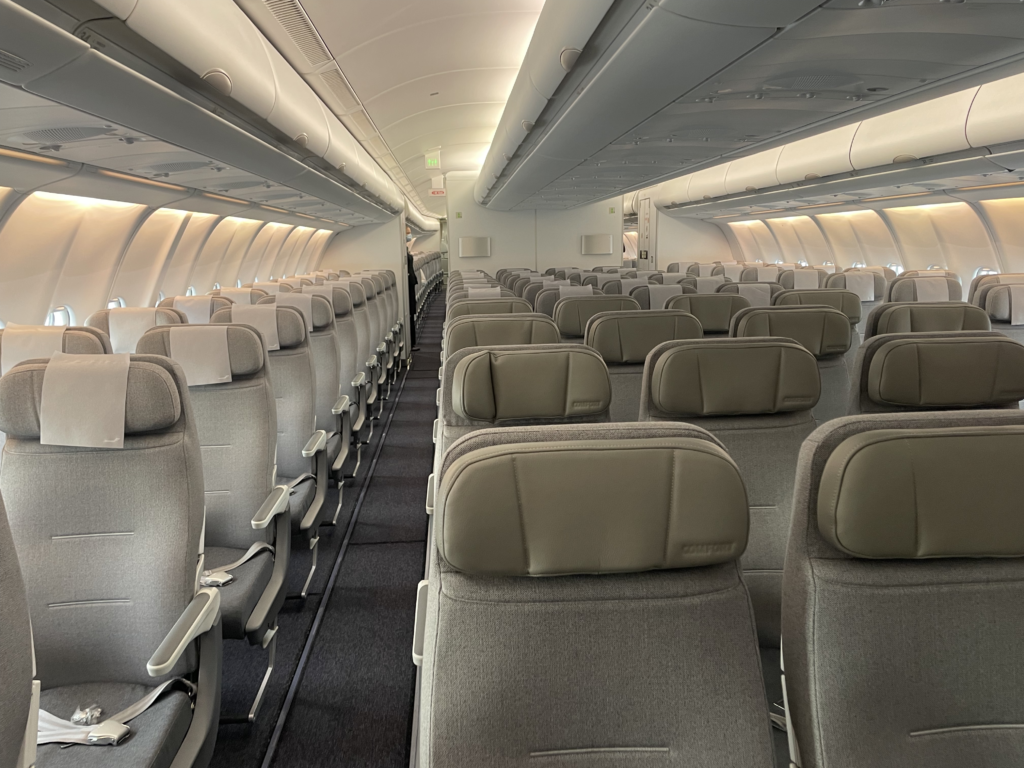
I redeemed my Asia Miles for a trip on Finnair’s refurbished A330
To summarise: Asia Miles will not help you achieve elite status with Cathay’s frequent flyer programme.
Earning Status Points
To get elite status, you’ll need to earn Status Points, which members primarily receive by flying with Cathay Pacific and oneworld alliance members. You’ll also earn Status Points on HKExpress-operated Cathay Pacific codeshare flights. Holders of select co-branded Cathay cards can also earn Status Points based on spending. The more Status Points you accrue, the higher your elite tier, and the more elite benefits you get. For those more acquainted with the Marco Polo Club, Status Points are a rebranded version of Club Points.
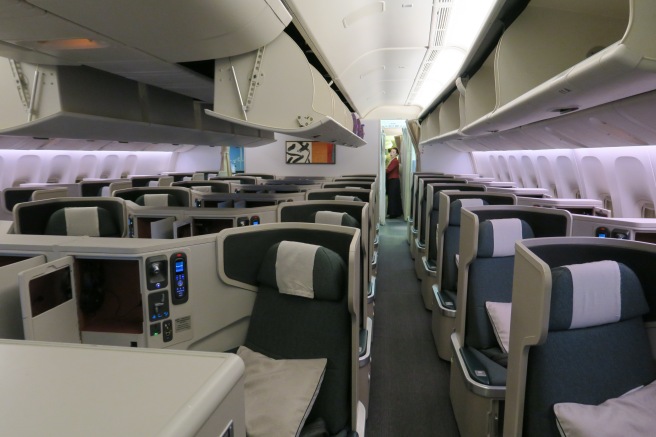
Earn Status Points by flying on Cathay Pacific and oneworld partner airlines
Cathay Pacific has done away with its Club Points earning chart as part of transition from the Marco Polo Club to Cathay. Instead, you can see how many points you’ll earn for your flight via this handy calculator.
The lack of a published earnings chart reduces transparency about the programme and gives Cathay more leeway to devalue Status Points earnings at a moments notice with limited scrutiny. That being said, after messing around with the Status Points and Asia Miles calculator, it’s clear that the programme is still based on an unpublished status points earning chart. I’m guessing that whoever was behind the programme revamp was betting that no one would bother to map out the actual chart.
To that I say: never underestimate the lengths that a bored college student on Winter Break will go to entertain himself. I present to you my unofficial Cathay Status Point earning chart.
| Fare Class | Ultra Short (1-750 miles) | Short (751-2520 miles) | Medium (2751-3700 miles) | Medium-Long (3701-5000 miles) | Long (5001-7500 miles) | Ultra-Long (7501 miles or above) |
| First (F,A) | 35 | 45 | 70 | 100 | 125 | 150 |
| Business (J,C) | 30 | 40 | 60 | 85 | 105 | 120 |
| Business (D,P,I) | 25 | 35 | 50 | 70 | 90 | 110 |
| Premium Economy (W,R) | 25 | 30 | 40 | 50 | 75 | 95 |
| Premium Economy (E) | 15 | 20 | 30 | 40 | 60 | 80 |
| Economy Flex | 15-25 | 20-30 | 27-40 | 32-48 | 38-70 | 45-90 |
| Economy Essential | 5-15 | 10-20 | 17-30 | 22-38 | 28-60 | 35-70 |
| Economy Light | 3-13 | 8-18 | 15-25 | 20-35 | 25-55 | 30-60 |
Key Takeaways
As you can see, status point earnings are based on a combination of fare class and the length of the flight. Generally, each status point averages out to approximately 100 “butt-in-seat” miles flown, although the number of status points you earn for your flight will vary based on a variety of factors. Here are a few key takeaways about the new programme.
1. Cathay is going revenue-based…ish
The biggest change with the new Cathay programme is that passengers in Economy will earn a “range” of Status Points based on a combination of the fare class purchased and the length of the flight. Additionally, I’m guessing that the price of the ticket will also factor into Status Points calculations. Hence, if a passenger picked up a bargain for the respective fare class they’ve chosen, their Status Points earnings would be on the bottom end of the scale. Meanwhile, those who paid more than the average passenger in that fare class would earn more Status Points.
That being said, the programme is still not going fully revenue-based, as Status Points earnings are still restricted within a designated “range” based on the fare class and distance flown. However, it is worth noting that these ranges tend to be quite broad, especially for Status Points earnings on long-haul Economy flights. For example, an Economy Flex passenger on an ultra-long flight could be getting anywhere from 45-90 Status Points.
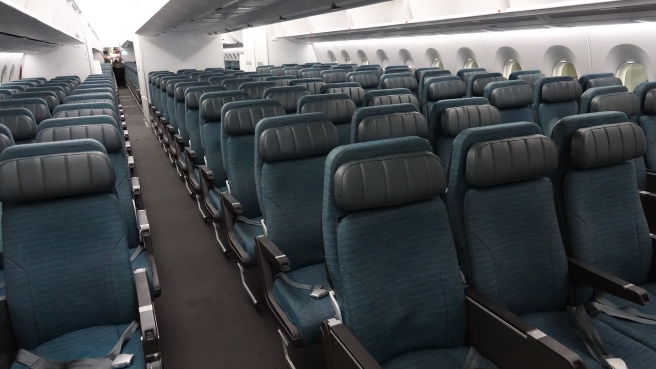
Your mileage (earnings) may vary when flying in Cathay Pacific’s Economy Class
I’m also guessing that the distance of the flight will be more closely correlated with the number of Status Points earned. Shorter flights within each of the distance “categories” will earn less, while longer flights in each the categories will earn more. For example, passengers on a Hong Kong to Delhi flight would earn more than passengers on a Hong Kong to Bangkok flight, even though these two routes are technically classified as a “Short” flight.
These changes coincide with the launch of Cathay Pacific’s new fare classifications, which simplify the airline’s previous fare class system into three fare buckets: Economy Light, Economy Essential, and Economy Flex. Cathay Pacific has stated that these changes will kick into place with Premium Economy, Business, and First tickets, at which point I would expect that the sliding range Status Points earning scheme be implemented across all four classes.
In some cases, the lower ends of the sliding range represent a significant devaluation when it comes to Status Points earnings, while the higher ends of the sliding range represent a significant improvement regarding Status Points earnings. Generally, less price-sensitive Economy travellers (e.g. corporate flyers) will gain from the new earning scheme, while more price-sensitive Economy travellers (e.g. leisure travellers and bargain hunters) will see reductions in their status point earnings.
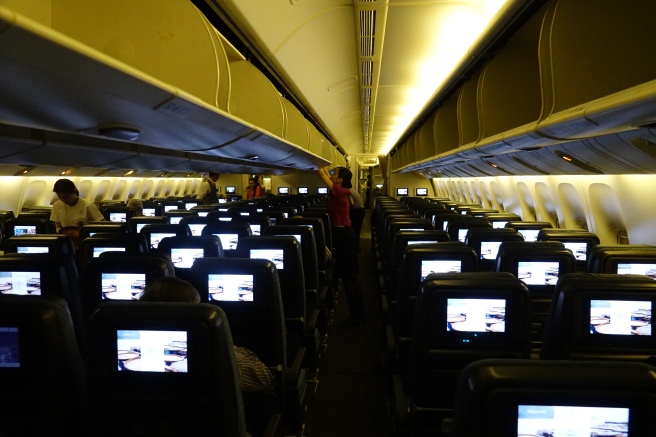
Short-haul Economy travellers may lose out with the new Cathay programme
For example, I recently booked a round-trip Economy Light ticket from Hong Kong to Bangkok for around 2500 HKD, which is on the lower end for what Cathay Pacific typically charges for this route. For this itinerary, I’ll receive 8 Status Points for each one-way ticket, which is 2 status points less that what I would have earned under the old Marco Polo Club Points system. Meanwhile, on a 20,000 HKD Economy Light (yikes!) ticket on the same day from Hong Kong to New York, Cathay was offering 60 Status Points, which is double what the programme previously offered to similar fare types. It’s clear that Cathay is hoping to reward bigger spenders more with the new earnings scheme.
2. More status points for most members
In some more positive news, the new Cathay programme is more generous with giving out Status Points. Specifically:
- Passengers in ultra-short and short-haul Business will gain 5 more Status Points. This change makes sense, considering how ridiculously expensive regional Business fares have gotten.
- Passengers in long-haul Premium Economy will gain anywhere from 5 to 20 extra Status Points. The biggest change is for passengers in Premium Economy on ultra-long flights, where Status Points earnings jump from 60 to 80 and 75 to 95 for Standard and Flex fares respectively. As a traveller who frequents the Hong Kong to New York route, this seems reasonable. I’ve seen Premium Economy fares hit as high as 6,000 USD for a one-way ticket.
- As I’ve mentioned previously, Economy passengers on more expensive fares will earn more. That being said, the ranges seem all over the place, so I’m not sure if I can conclude if the average passenger is better or worse off.
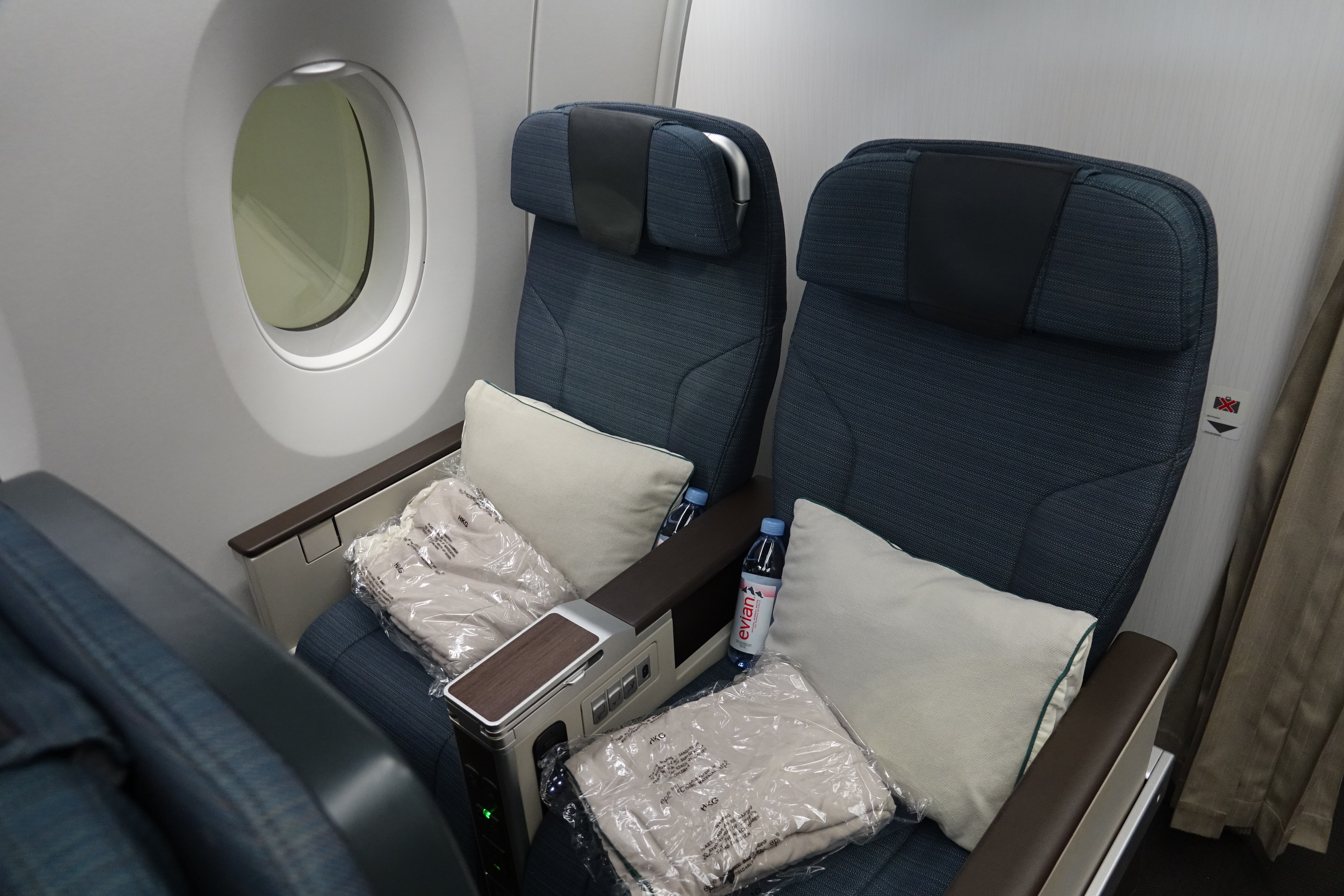
Cathay Pacific Premium Economy travellers will get more Status Points!
3. Short-Haul Business Class flyers win
Assuming that each Status Point represents 100 actual “butt-in-seat” miles flown, it’s clear that the system heavily favours travellers flying in premium cabins on shorter flights. On a one-way ticket from Hong Kong to Taipei, Business Essential (fare classes D, P and I) passengers fly 500 miles and earn 25 Status Points. That’s a whopping 500% Status Point bonus in proportion to the actual miles flown. Meanwhile, on a one-way ticket to New York, Business Essential passengers fly 8,000 miles and earn 120 Status Points, representing a more modest (but still significant) 50% Status Points bonus in proportion to actual miles flown.
Meanwhile, Economy Class and Premium Economy Class on long-haul flights generally tend to lose out when it comes to points earnings under the chart. For a flight to New York, Economy Light passengers fly 8,000 miles, but only receive 60 Status Points, which marks a 25% Status Point reduction in proportion to actual miles flown.
4. Partner earning still sucks
The Cathay programme is still extremely stingy when it comes to rewarding travel on oneworld partner airlines. For example – if you want to fly British Airways from Hong Kong to London:
- A standard Economy ticket would net you 10 Status Points, in comparison to the 28-60 Status Points you would earn on a similar Economy Essential fare on Cathay Pacific.
- A standard Premium Economy ticket would net you 35 Status Points, in comparison to the 60 Status Points you’d earn if you booked a similar Premium Economy Essential fare on Cathay Pacific.
- A standard Business ticket would net you 75 Status Points, in comparison to 90 Status Points for a Business Essential fare on Cathay Pacific.
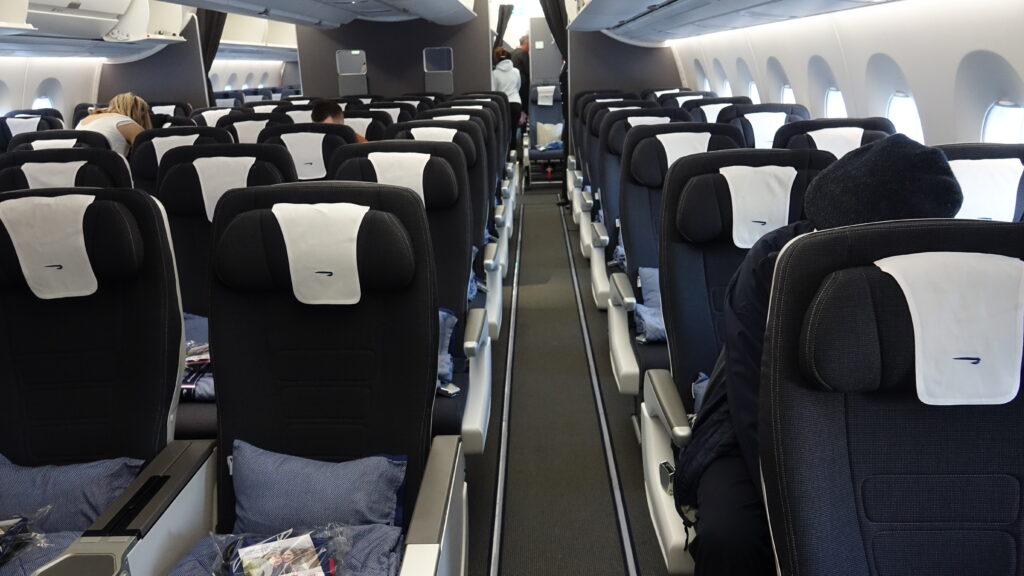
Tough luck if you’re flying on British Airways’ Premium Economy
As you can see, you’d take a pretty significant Status Point hit if you choose to travel with a partner airline, especially when travelling in Economy or Premium Economy. On one hand, I can appreciate that Cathay wants to incentivise spending on its own flights. On the other hand, for markets that Cathay Pacific doesn’t compete in, these Status Point earning rates don’t give much of an incentive to stay loyal to oneworld airlines.
Cathay’s Membership Tiers
Under the new programme, Cathay’s elite status tier qualification levels and benefits remain mostly unchanged. The programme has four standard tiers.
Green membership is the programme’s entry-level tier. Members automatically become a Green member upon joining Cathay. Unlike the previous Marco Polo Club’s Green Tier, there is no joining fee, nor is there a Status Point requirement to retain the status.
Silver membership is the lower-mid tier of the program and is attained by reaching 300 Status Points during the membership year. Silver members also receive oneworld Ruby status.
Gold membership is the higher-mid tier of the program and is attained by reaching 600 Status Points during the membership year. Gold membership is equivalent to oneworld Sapphire status.
Diamond is the top tier of the program and is attained by reaching 1200 Status Points during a membership year. It is equivalent to oneworld Emerald status.
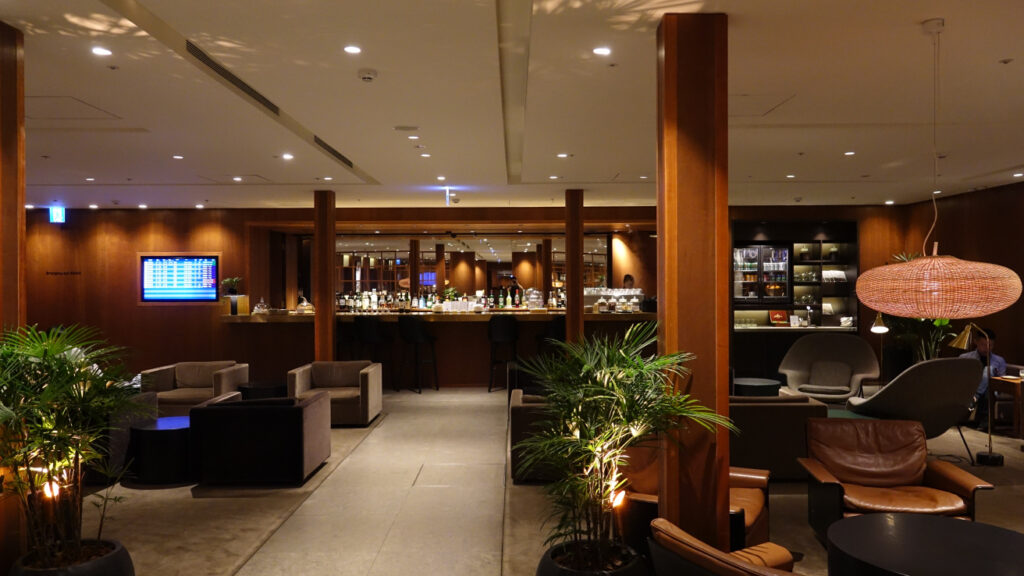
Enjoy Cathay Pacific lounge access as part of your Cathay benefits
There are also two additional “secret” tiers. Diamond Plus is Cathay’s ultra top-tier and is rumoured to be given to the top 1% of Cathay Pacific flyers (based on revenue). Alleged benefits include the ability to nominate one flyer to Diamond status and access to Cathay Pacific First Class lounges regardless of the airline flown. I also imagine that “soft” benefits and elite recognition are excellent. Diamond Plus members get a special white membership card and baggage tag.
There’s also another rumoured tier known as Diamond Invitation, which is Cathay’s lesser-known ultra-top tier. The status is typically gifted to VIPs, including celebrities, company executives, and flyers who were previously gifted Lifetime Diamond status before the discontinuation of the programme. Members are supposedly treated like “regular” Diamond members. Just think of it as Diamond status you don’t have to work for.
While Cathay doesn’t comment on the existence of the Diamond Plus and Diamond Invitation tiers, I’m pretty sure they are formalised levels within the programme. A few months ago, I caught a glimpse of the following graphic when Cathay Pacific’s website crashed on me. In addition to the four “standard” tiers of Cathay status, there appears to be a 5th and 6th tier, which I’m guessing represent Diamond Plus and Diamond Invitation.

Official Benefits
In this section, I’ll just go over the most notable benefits of each tier. For a full list of benefits, head over to Cathay’s dedicated website about the programme.
Green Member Benefits
Under the Marco Polo Club, Green members were allowed to check in and board with Premium Economy passengers. However, these benefits have been stripped away and replaced with the benefit of Priority Online Check-In… whatever that means. You’ll also get the ability to redeem Asia Miles for extra baggage and extra legroom seating. Yay?
Silver Member Benefits
As part of the programme update, Silver members have also lost out on some benefits. First, Silver members no longer receive complimentary extra-legroom seat selection. Silver members also do not get to select “preferred” seats near the front of the cabin, which strikes me as an odd exclusion. Oneworld’s website specifically states that Ruby/Silver-equivalent flyers are to be given access to “preferred or pre-reserved seating”. Heck, even American Airlines offers this benefit. Additionally, with Cathay Pacific’s transition from a weight-based baggage allowance to a piece-based baggage allowance, Silver members no longer receive 10kg of extra checked baggage allowance.
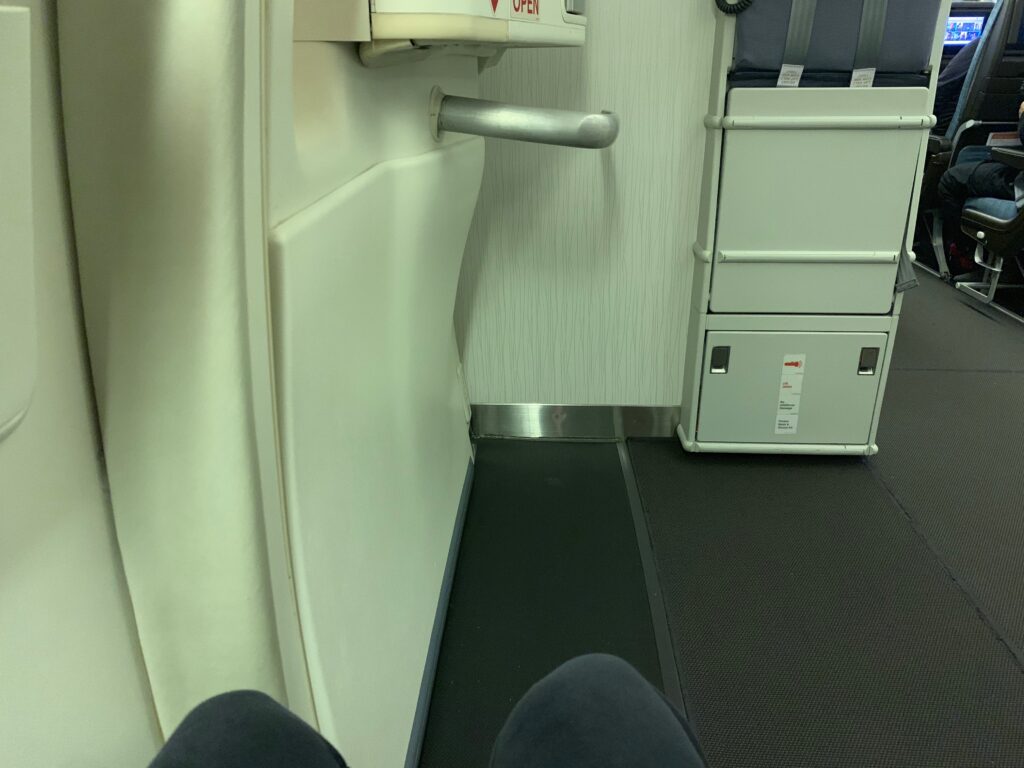
Cathay has cut free exit row seating for Silver members
However, apart from seat selection and baggage allowance, all other Silver member benefits are intact. Silver members get to check-in and board with Business Class passengers, and also receive lounge access when travelling on a Cathay Pacific operated flight. This benefit comes with a few caveats: Silver members don’t get to bring in a guest to the lounge, and are restricted to a designated lounge by Cathay Pacific. Occasionally, Silver members may get access to an inferior lounge (e.g. at New York JFK, Silver members are directed to the inferior Admirals Club, rather than the American Airlines/British Airways Greenwich Lounge). Silver members also get priority baggage handling.

Silver members get access to Cathay’s “The Pier” Business Lounge in Hong Kong
As I mentioned, Silver status is equivalent to oneworld Ruby status, which comes with priority check-in, access to preferred or pre-reserved seating, and priority waitlisting oneworld operated flights (although some exceptions apply). Most oneworld airlines also offer Ruby members priority boarding. Silver status is unique as it is the only oneworld Ruby-equivalent program that comes with lounge access, making it extremely valuable for those who travel a decent amount on Cathay Pacific, but don’t fly enough to make Gold.
Gold Member Benefits
I was happy to see that Cathay has retained all Gold member benefits. If you’re a Gold member, you shouldn’t expect much to change with the new programme.
In addition to all the benefits of Silver status, Gold members are guaranteed a seat on any Cathay Pacific flight – even if the flight is already full – when booking a full-fare Economy Flex ticket at least 72 hours before departure. Cathay Pacific also allows Gold members to select extra-legroom and preferred seats free of charge when travelling in Economy Class. Additionally, Gold members get to bring an extra piece of checked baggage, and get 3 extra kilograms of cabin baggage allowance.

Gold members get access to partner lounges – such as the Qantas Business Lounge in London
Gold members are also provided with Business Class lounge access, with one guest, when travelling on any Cathay Pacific or oneworld alliance flight. Members are also supposed to get arrivals lounge access in Frankfurt, although it’s anyone’s guess as to whether or not that lounge is even going to re-open. As I previously mentioned, Gold membership equates to oneworld Sapphire status, which comes with preferred seat selection; Business Class priority check-in, lounge access (with one guest), and boarding; extra baggage allowance; and priority bag handling; when travelling on a oneworld operated flight. While not an officially published benefit, major oneworld airlines offer Sapphire members priority security when it is available.
Diamond Member Benefits
Diamond is Cathay’s top-tier status. In addition to all the benefits of Gold, members are guaranteed a full-fare Economy, Premium Economy, or Business seat on any Cathay Pacific flight when booking at least 24 hours before departure. Diamond members also formerly had a dedicated hotline, although this benefit was a victim of COVID-related cutbacks.

Diamond members receive access to Cathay Pacific’s First Class lounges
When it comes to the ground experience, members receive First Class check-in and boarding, one extra checked bag, and 8 extra kgs of hand baggage allowance. Members also receive access to Cathay Pacific and select oneworld First Class lounges, designated oneworld Emerald lounges, as well as arrivals lounges. Cathay recently cut back on its Diamond guest policy: while Diamond members still get to bring 2 guests into any Cathay Pacific-operated lounge, Diamond members may only bring 1 guest into partner-operated lounges. This policy change should reduce confusion over oneworld Emerald benefits in partner lounges, as Cathay Pacific is the only oneworld airline that allows its top-tier members two guests (rather than one) into their lounges.
Diamond status equates to oneworld Emerald status, which comes First Class priority check-in, boarding, and Emerald lounge access with one guest when travelling on any oneworld-operated flight.
All elite members (Silver or above) can also take a “Membership Holiday”, where Cathay will temporarily suspend your elite benefits and Status Points over a period of reduced flying activity, upon request. There are also a whole host of “lifestyle” benefits given to Silver, Gold, and Diamond members. However, they seem fairly inconsequential, so I’m not going to delve into them in this post.
“Secret” Benefits
While Cathay Pacific does a pretty good job when it comes to publicising the benefits associated with each membership tiers, there are a few “secret” benefits that exist, but aren’t explicitly mentioned.
One notable secret benefit is priority security, which isn’t mentioned likely because it isn’t officially available at Cathay Pacific’s hub in Hong Kong. However, whenever offered, Gold and Diamond members are entitled to use priority security and immigration channels. At Hong Kong Airport, Diamond members also get access to a “Courtesy Lane” which is shared with some crew and passengers with special needs.
Another notable secret benefit is that Gold and Diamond members typically receive a personal greeting when onboard. In my experience as a Gold member, I’ve consistently been greeted by a flight attendant when flying in Economy and Premium Economy, but not in Business Class. Meanwhile, Diamond members should be consistently personally welcomed by both the leading flight attendant in the cabin, as well as by the Inflight Service Manager. Some flight attendants will also address Gold and Diamond members travelling in Economy by name during the meal service, which is a nice touch. Ultimately, I find these introductions to usually be a little awkward, but it’s a nice recognition of loyalty.
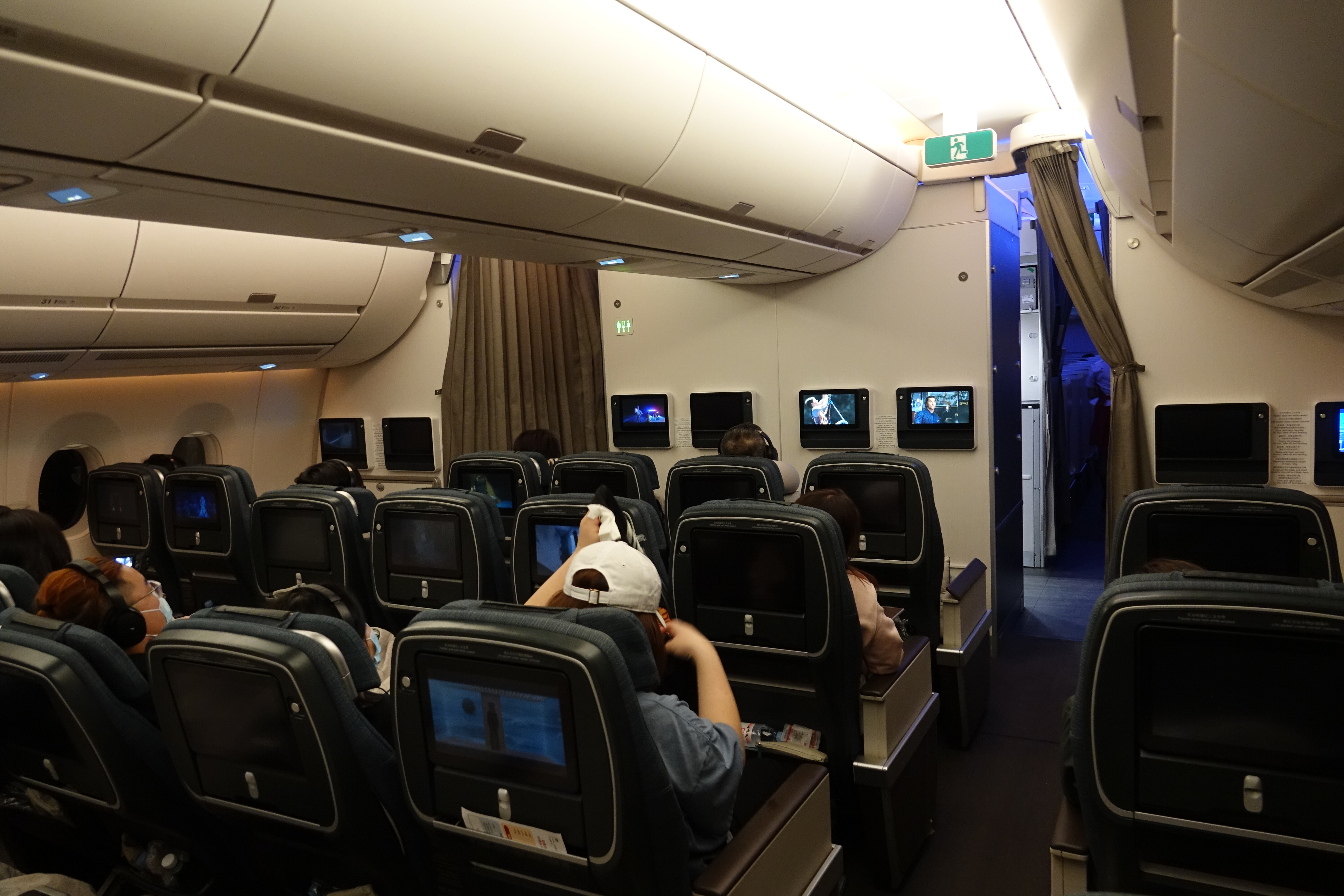
Receive a dedicated greeting as a Gold or Diamond member in Cathay Pacific’s premium economy
Gold and Diamond members should also receive first-pick for meal choices across all cabins. On my recent flights, I have generally had my meal order taken before the non-status passengers travelling in my cabin. Some flight attendants may start the meal service with Gold and Diamond members, before jumping around to other passengers. While I’m sure there is a formalised policy when it comes to this, I’ve found that flight attendants are wildly inconsistent when it comes to recognising elite status when it comes to meal preferences.
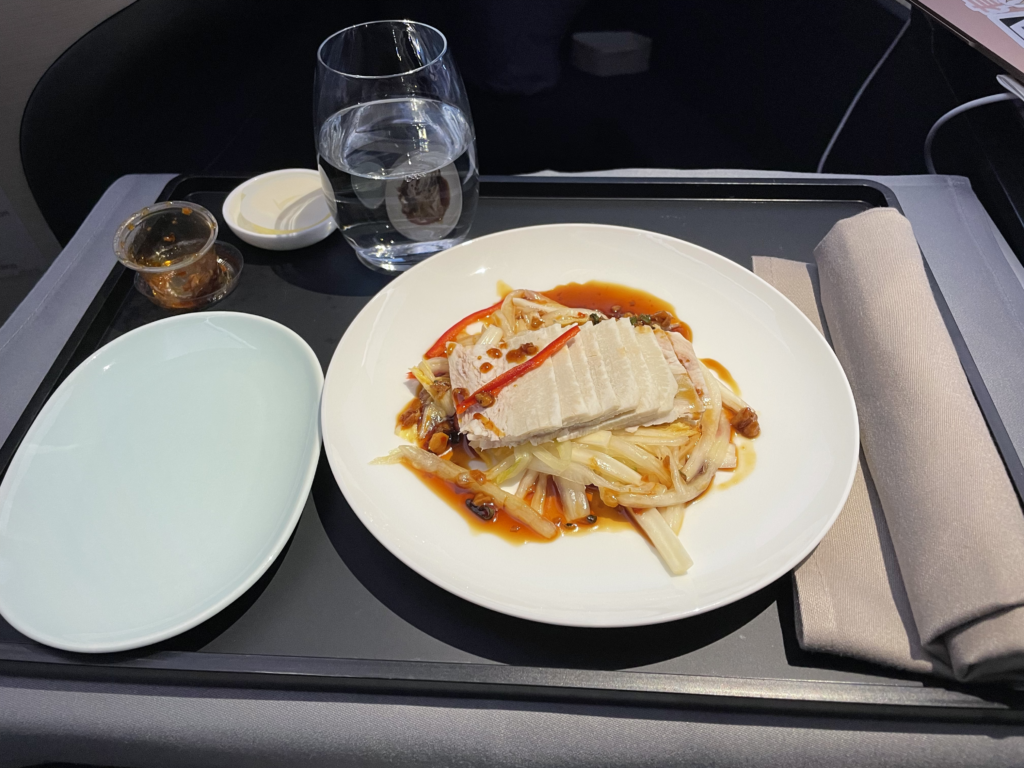
Gold and Diamond members often get their preferred meal choice
Diamond members also get a few more “secret” benefits. They can request to have the seat next to them blocked, which will ensure that any adjacent seat will be the last to be assigned, increasing the chances of an empty seat being next to the member. At Hong Kong Airport, Diamond members departing from a gate far away from the security checkpoint are also given a complimentary voucher for a golf buggy ride to their gate.
Free Upgrades with The Cathay Programme
Cathay Pacific does not give space-available complimentary upgrades to elite members. Instead, passengers only get upgraded when a flight is overbooked and passengers need to be bumped to a higher cabin class. However, there are exceptions to this rule. For example, on special occasions such as birthdays or membership milestones, members may be given a complimentary upgrade to a higher cabin class. At the very least, members will jump to the front of the upgrade queue.
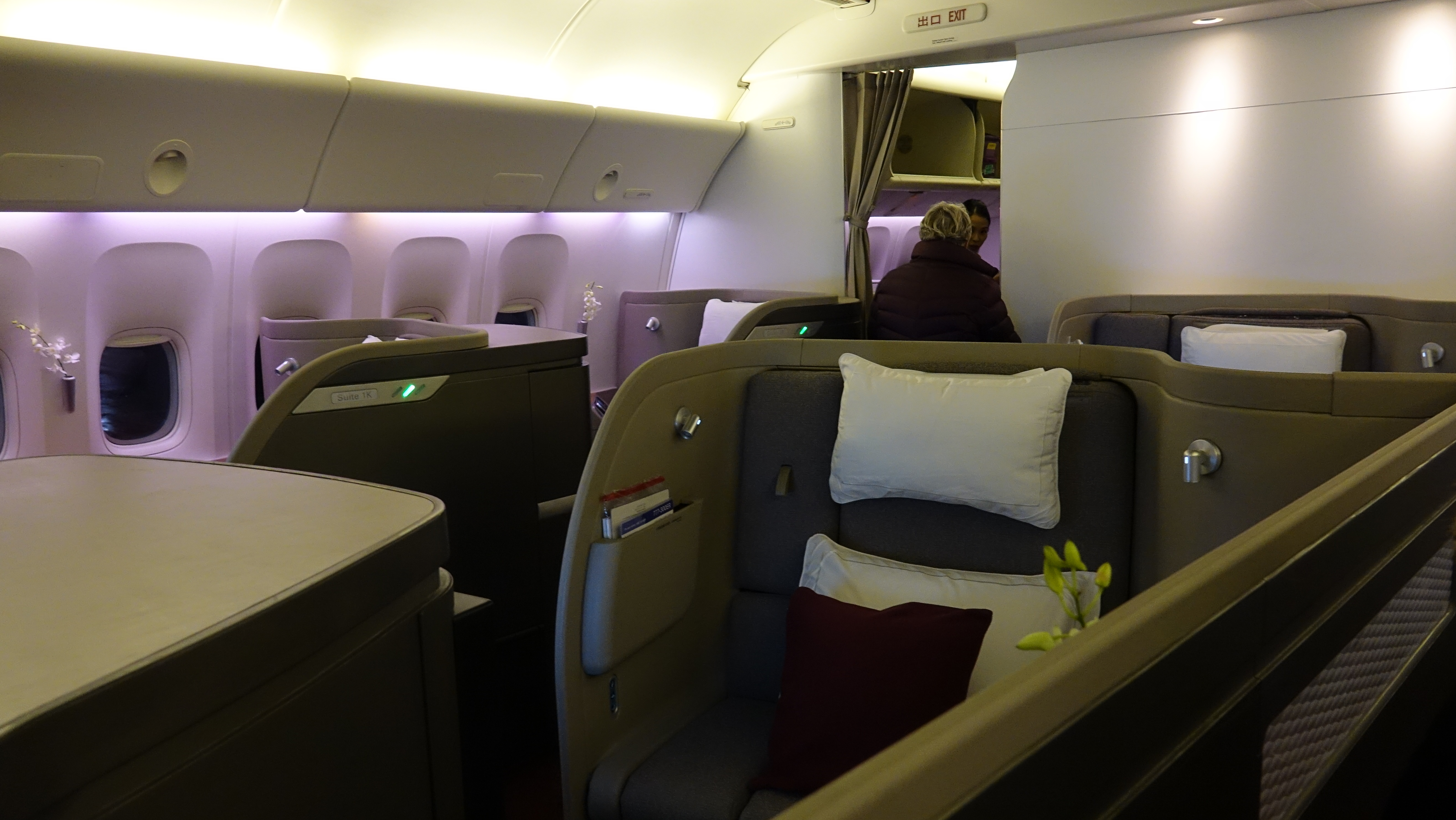
Receive an upgrade to Cathay’s first class – not on a space-available basis, though
While this means that upgrades are rarer than you’d find on some other carriers, they still happen quite often, especially on shorter regional routes or flights during the peak travel season. I’ve almost always been upgraded on flights between Hong Kong and Bangkok in the summer, and have even received the occasional bump from Economy to Premium Economy on flights between Hong Kong and New York.
Cathay has a formalised upgrade “order” for passengers, which is believed to be as follows (which you can find on Flyertalk).
- VIP Customers (high-ranking officials, pop or movie stars
- Diamond Plus
- Diamond Invitation, Diamond
- Gold
- Cathay Pacific Management staff travelling for work
- oneworld Emerald
- Cathay Pacific staff on work-related travel , other airline staff and Cathay Pacific staff on personal travel
- oneworld Sapphire
- Silver
- oneworld Ruby
- Green
- Asia Miles
- All other passengers
Upgrades can happen any time from the start of online check-in to the moment boarding starts. I’ve been upgraded as early as 24 hours before departure, to as late as during boarding. Upgraded passengers may board with their class of travel, but don’t receive other benefits such as lounge access. Once onboard, you’ll receive the inflight service corresponding to your upgraded travel class. If two “equally qualified” members are gunning for the same seat, the passenger who checked in earlier will receive the upgrade. It’s important to always check-in online early to maximise your chances for a bump.
For more information about upgrades, check out this really helpful thread from Flyertalk.
Should I Go For Cathay Elite Status?
Well, it depends on your travel patterns.
If you’re a corporate traveller who almost exclusively flies with Cathay Pacific, you should definitely go for Cathay Elite Status. All things considered, it’s a very lucrative programme for less price-sensitive business travellers. Additionally, Silver members who fly exclusively with Cathay Pacific should stick with the Cathay programme, as you won’t find a better lower-elite tier offering with any other Oneworld airline.
However, if you mix up your travel between Cathay Pacific and other oneworld carriers such as British Airways, American Airlines, or Alaska Airlines, you should consider those partner programmes before Cathay. There are many ways to earn oneworld elite status by flying less than you would need to achieve the equivalent Cathay elite status tier. It’s also worth noting that – unlike Cathay Gold and Diamond members – American and Alaska elites don’t get lounge access on intra-US itineraries. If that’s something that really matters to you, you may want to stick with Cathay.
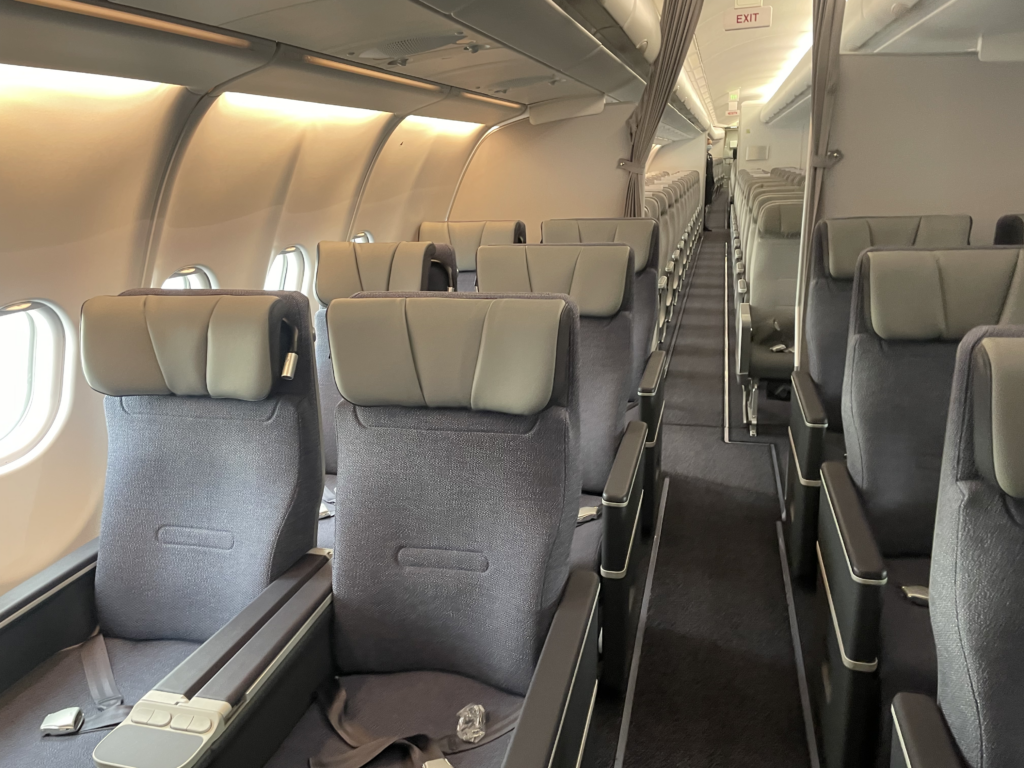
Value proposition for Cathay is decreased when flying partner airlines such as Finnair
Meanwhile, I would also recommend that price-conscious leisure travellers stay away from Cathay. Hong Kong’s status as a Cathay Pacific fortress hub means that the cheapest tickets for long-haul flights are often on Star Alliance competitors (e.g. Singapore Airlines, Lufthansa/SWISS, ANA, and United), while the cheapest tickets for short-haul tickets are always on low-cost carriers or regional competitors. In my view, you’re much better off chasing status with another airline rather than sticking with the lower earning rates of Cathay’s programme.
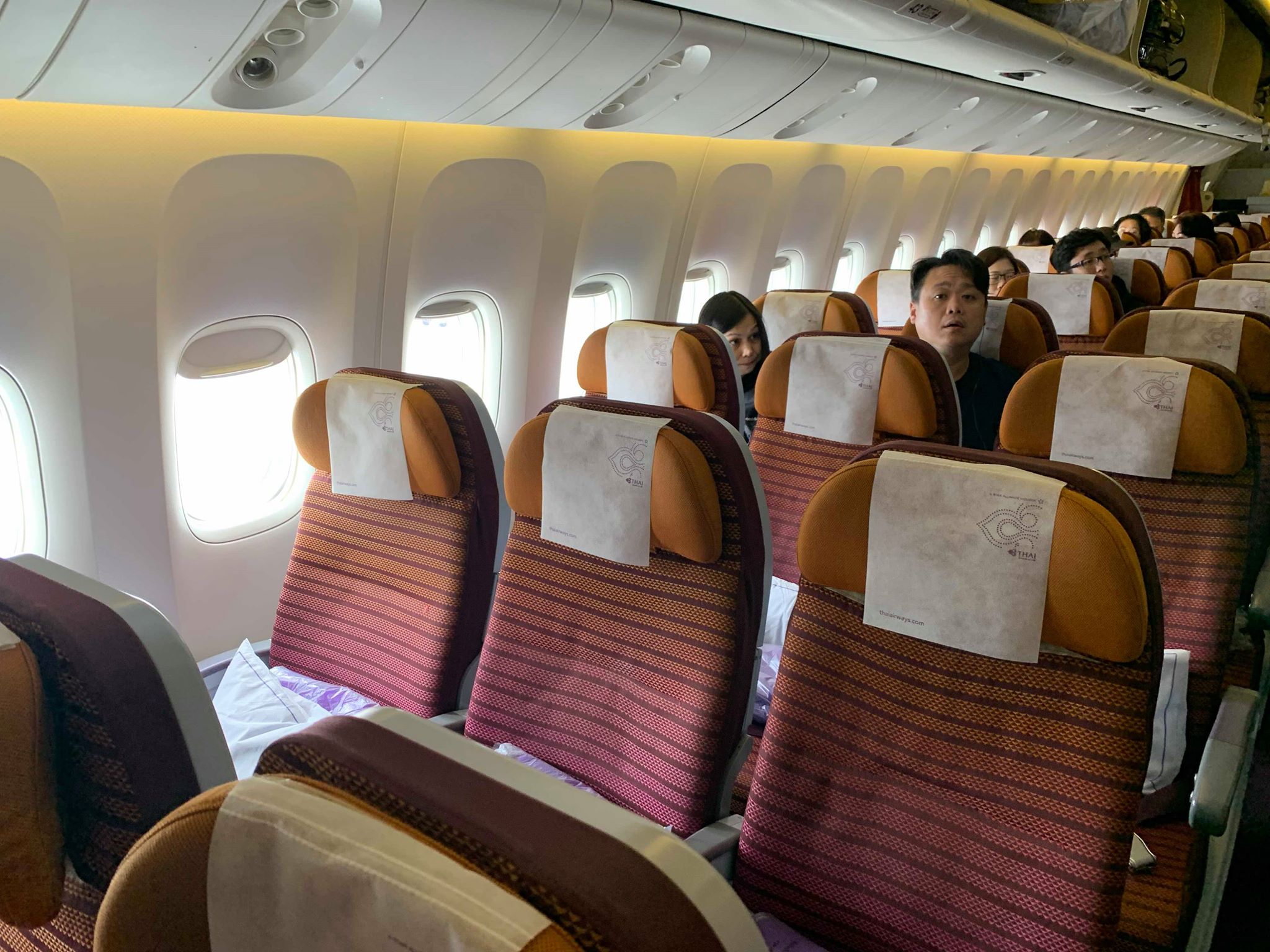
Thai Airways is a great option for intra-Asia travel
Last Thoughts: Cathay’s New Programme
Cathay Pacific has certainly had an eventful 2022. While some aspects of the new Cathay programme are a little questionable, I feel that the changes could have been much, much worse. Overall, Cathay is still a decent loyalty programme, especially for certain demographics of Hong Kong-based travellers. While I’m not convinced that the new Cathay-lifestyle-brand-situation will gain much traction, the new Cathay programme continues to offer good value when travelling with Cathay Pacific and its oneworld partners.
I hope you’ve enjoyed reading this mammoth of a post!



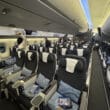

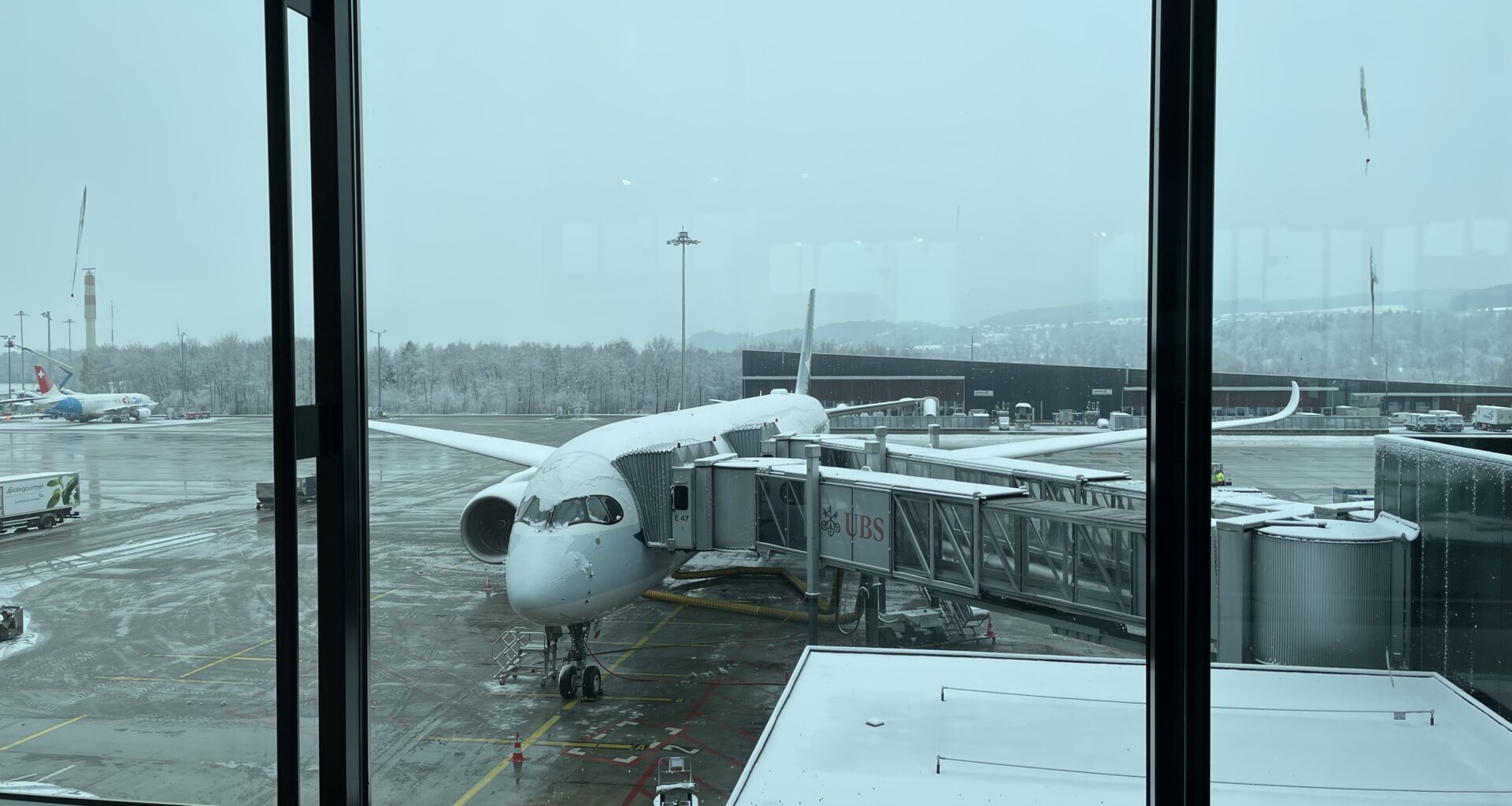
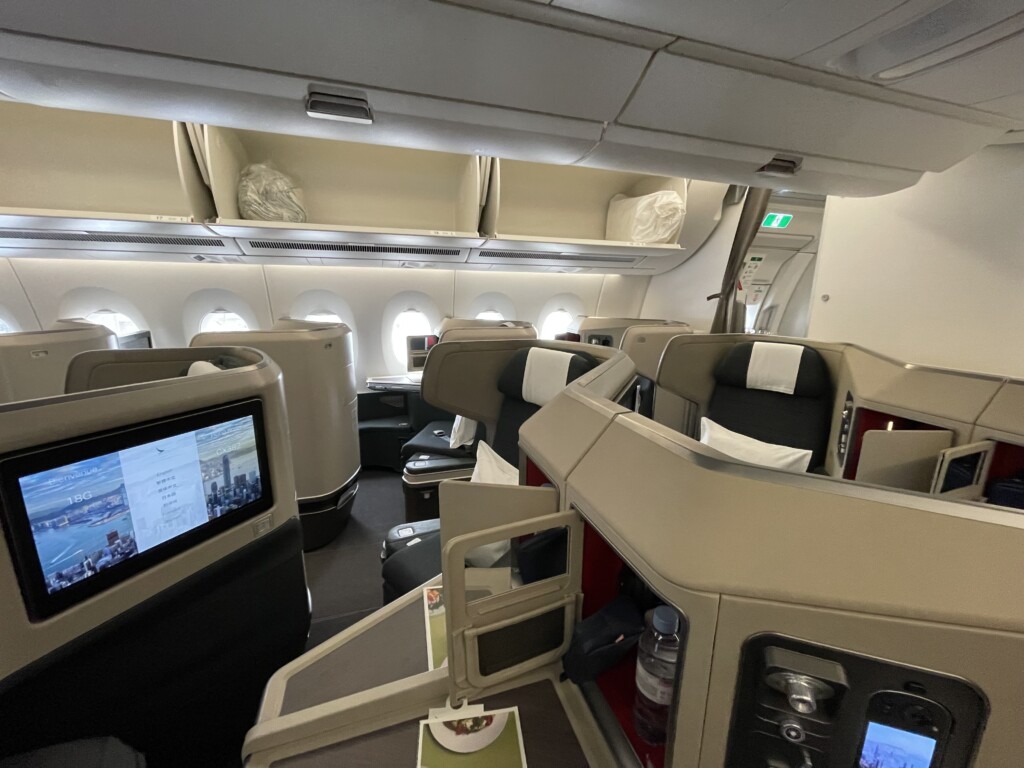
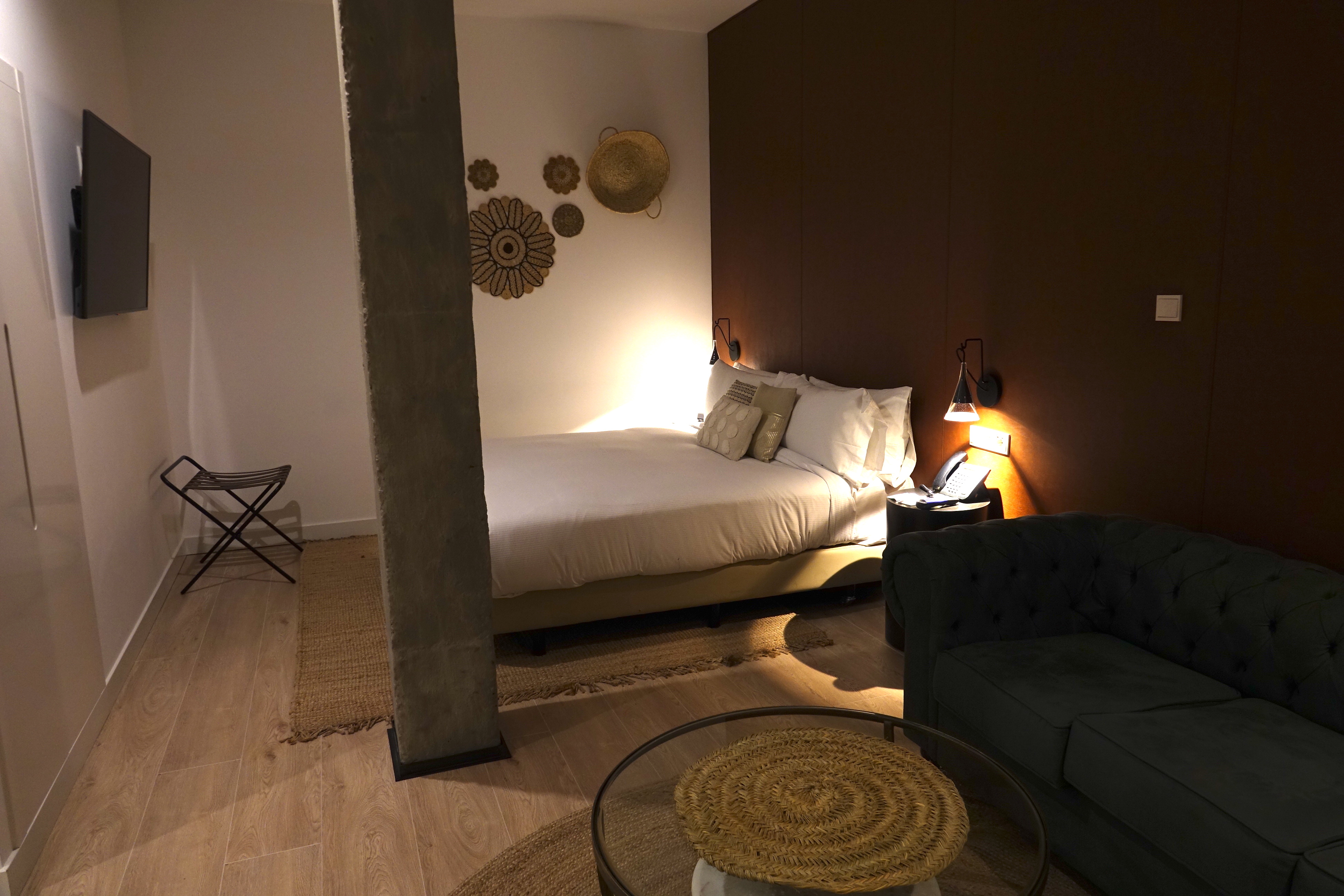
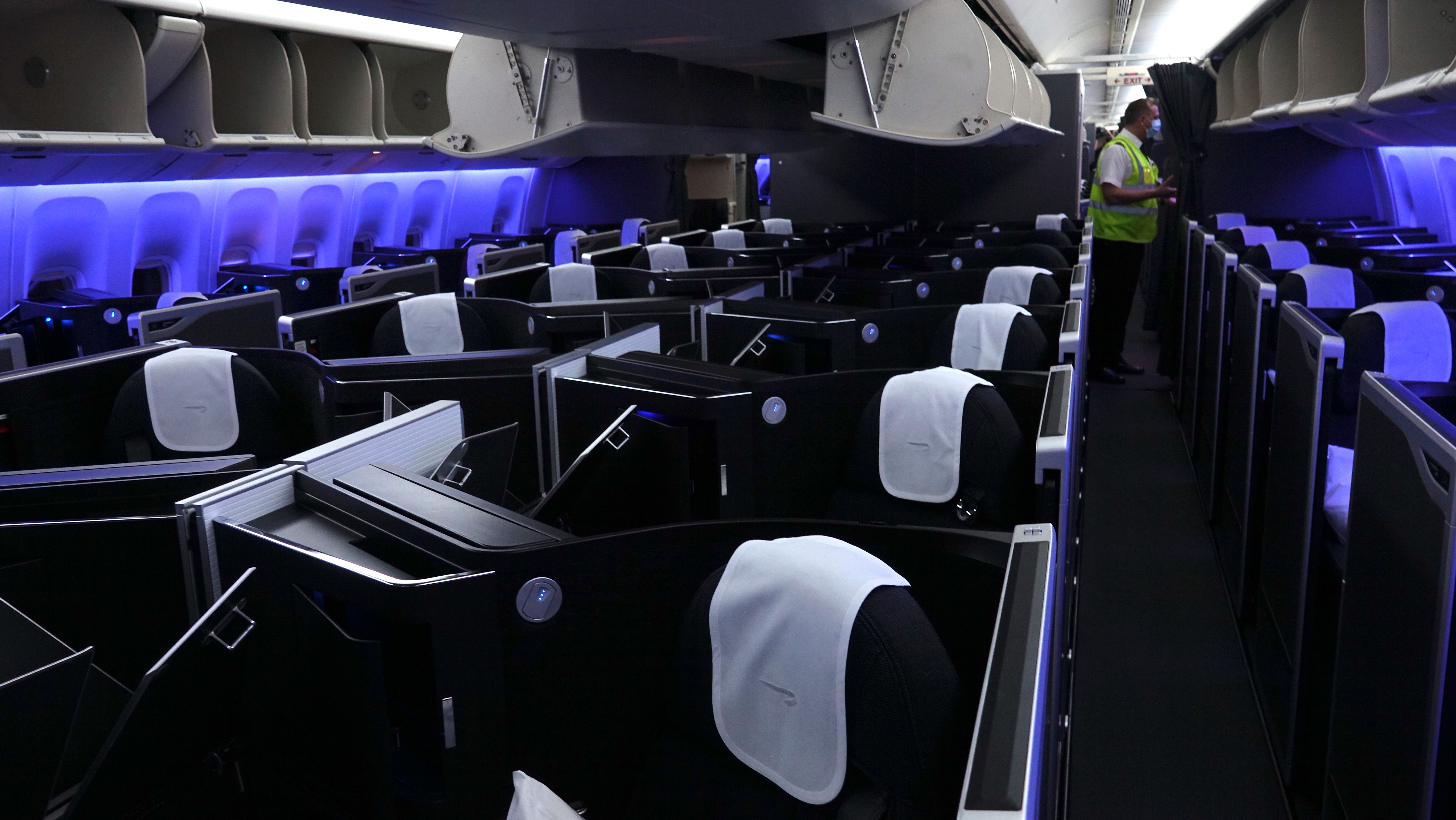
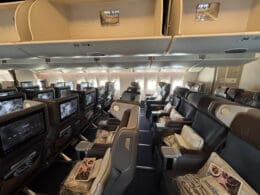

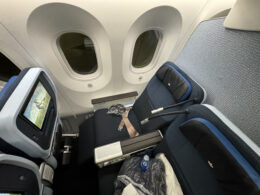

Thanks for taking the time to write this comprehensive report. It is very helpful. I used to fly on CX economy class all the time to South East Asia from the US. I have many fond memories of those flights and really like CX. Haven’t flown them since pre-pandemic and am looking forward to flying them again later this year in business class to HK.
This is fantastic. Thank you for putting this together! I was looking for exactly this information.
If and when you have time, it would be fabulous if you can put together an article to explain which flights can be flown to easily maintain (at low cost) an elite status! Covid has cut back on my business travel, but the elite status is useful to maintain when travelling as a family.
A HUGE thank you Alvin! Champ.
Thank you for the write up. You have confirmed my thoughts about how stupid the Cathay program is. It’s such a mystery to obtain status on Cathay that I simply gave up.
Now I fly on AA and after few transpacific trips I already earned Platinum Pro and One World Emerald.
Someone behind the program is too smart for their own good. Very typical of Hong Kong bureaucrats who thinks of themselves highly to outsmart the world. At the end the business suffers because customers do have choices.